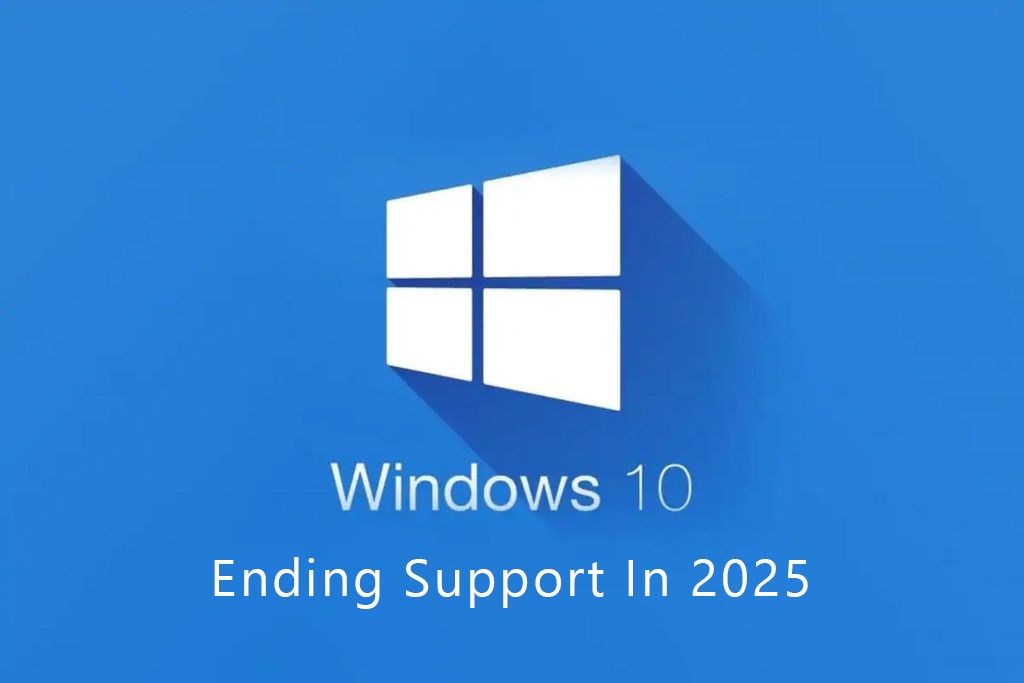Windows 10 will continue to function on devices where it is installed even after the end of support. However, certain key updates and features will no longer be available, which could affect the security and functionality of the system.
Even after support ends, Windows 10 will remain fully operational. You’ll still be able to run applications, work with data, and use your computer as usual. However, Microsoft will stop releasing security updates, meaning the system could become more vulnerable to new threats such as malware, viruses, and hacking.
- No New Security Patches: Any new bugs or vulnerabilities discovered after October 2025 will not be fixed by Microsoft.
- No New Features or Improvements: Windows 10 will no longer receive updates that introduce new features or enhancements.
- Risk of Incompatibility: Over time, new software or hardware may not be compatible with the unsupported operating system.
What Can You Do After Support Ends?
- Continue Using Windows 10
If your computer is offline or you use only trusted software, you can keep using Windows 10. For general offline tasks, it will still suffice.
- Upgrade to Windows 11 or a Newer System
If your hardware meets the minimum requirements, upgrading to a newer operating system is recommended. Windows 11, for instance, will have support until at least October 2029.
- Consider Alternative Operating Systems
If your hardware does not support newer versions of Windows, switching to a Linux-based operating system could be an option. Linux is free, lightweight, and less resource-intensive.
Tips for Staying Safe on Windows 10 After End of Support
- Use an Up-to-Date Antivirus: Many antivirus programs will continue to support Windows 10 even after its official end of life.
- Exercise Caution Online: Avoid downloading suspicious files and use secure web browsers.
- Back Up Your Data Regularly: In case of issues, having a backup will be crucial.


